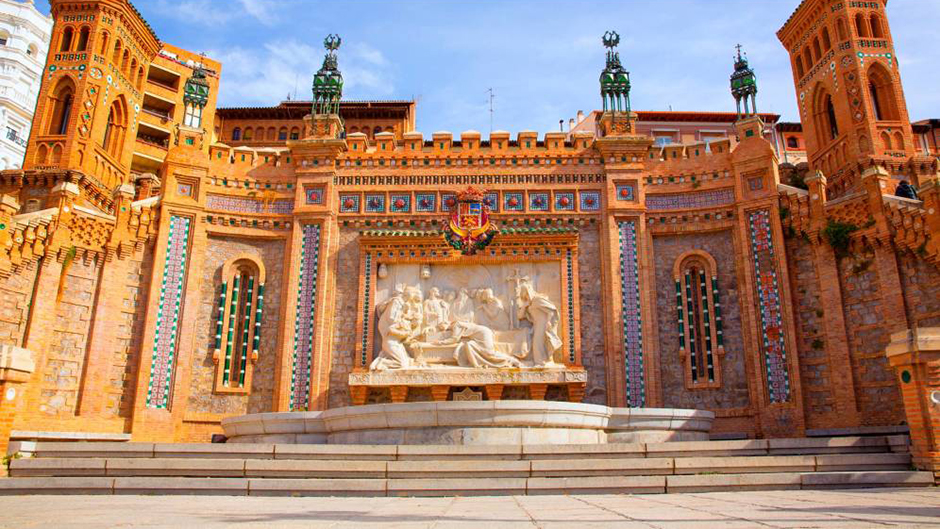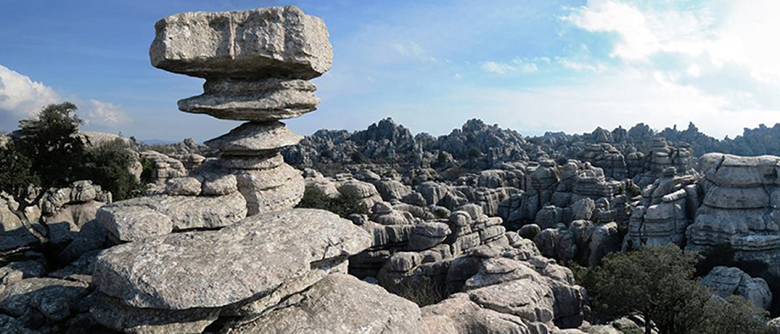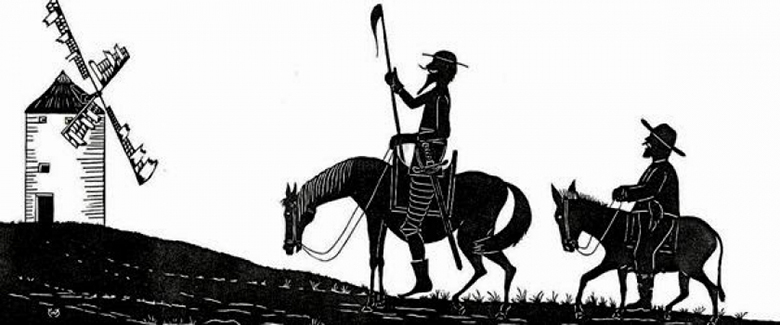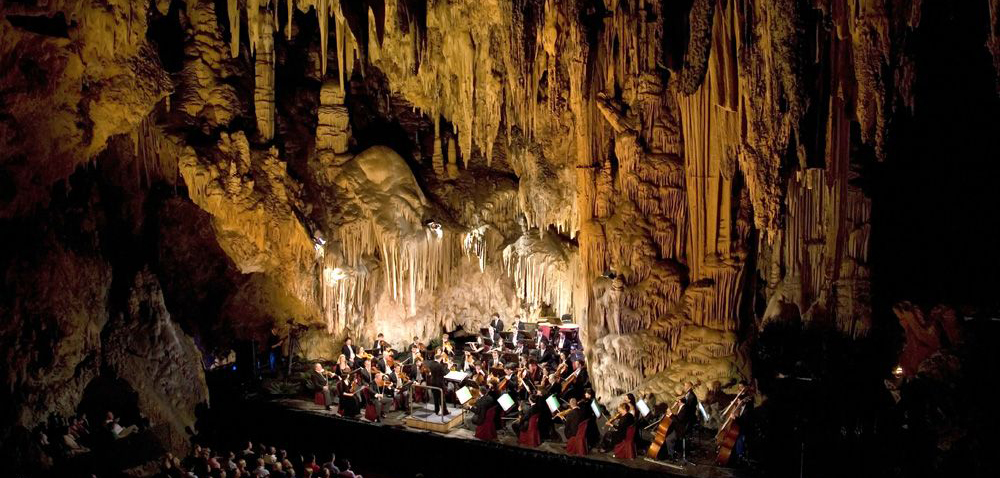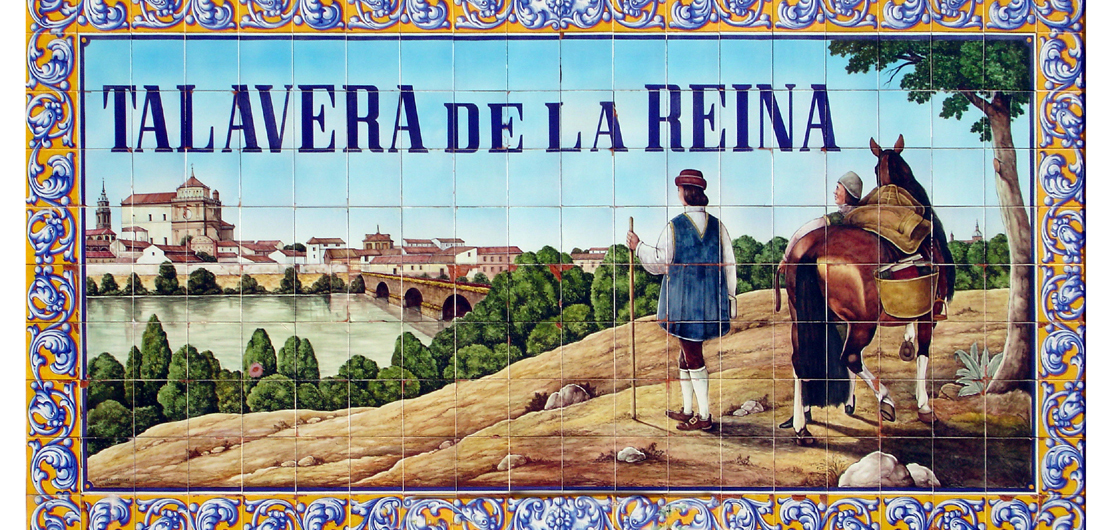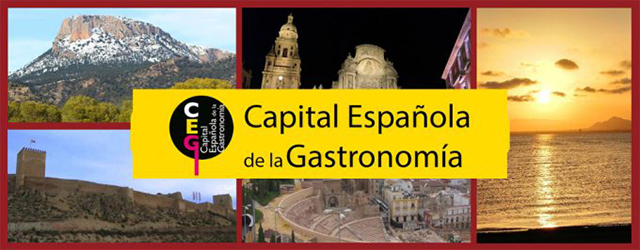This picturesque town of about 35,000 inhabitants sits on the high ground of Aragon, and holds within its historic center an important medieval legacy. The cathedral tower, along with the towers of San Salvador, San Martín and San Pedro are the highlights of the town’s Mudejar architecture, which have led Teruel to be declared a World Heritage Site by UNESCO.
History and legends
Like much of Spain, Teruel is built upon a dramatic and multicultural past. Its history can be traced through its archeology and architecture, from the earliest prehistoric and Iberian civilizations to its medieval splendor. The city reached its peak in the Middle Ages, and the architecture left behind from this period has made Teruel the most important Mudejar site in Spain, with a truly unique architectural style that fuses Gothic and Islamic elements. The best place to see this Mudejar heritage is the 12th century cathedral, whose most outstanding feature is its square tower with intricate ceramic decoration. Inside the cathedral, visitors stare in awe at a richly decorated Mudejar coffered ceiling, one of the most important and best preserved in the country. This style can also be seen in the church of San Salvador, with its brick façade, double arches and elaborate decoration with ceramic details. The churches of San Martín and San Pedro are similarly spectacular.
While in the church of San Pedro, be sure to visit the tomb of the lovers of Teruel and learn about the city’s legendary love tragedy! In fact, Teruel honors the legend every year in February, when thousands of people take part in recreating a medieval atmosphere, complete with acrobats, fakirs, storytellers, executioners, nobles and serfs. The highlight of the event is the telling of the story of the lovers.
In addition to the Mudejar architecture, there are plenty of other fascinating sites. Most of the central streets of the city lead into the Plaza del Torico, which holds the emblem of the city: a column topped with a small sculpture of a bull. Around the square, there are many Modernist façades from the beginning of the 20th century, like those of Casa Ferrán or La Madrilene. Nearby is the 16th century Casa de la Comunidad, a beautiful Renaissance building which today houses the Provincial Museum with a variety of ancient archaeological treasures inside.
Teruel on your tour
Teruel and the region of Aragon make an exciting destination all year round, with diverse activities and attractions to suit all interests. Get in touch with us today to start planning your Aragonese tour!
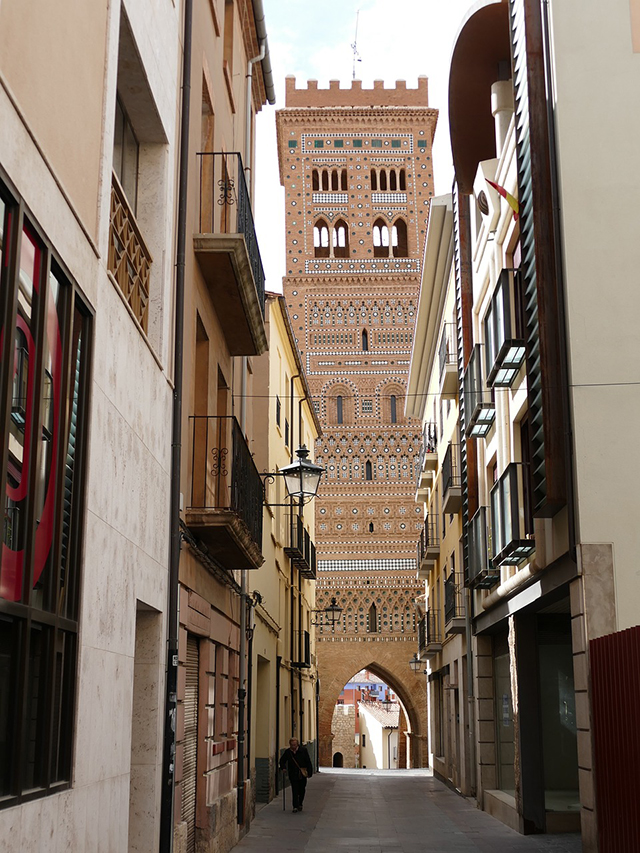
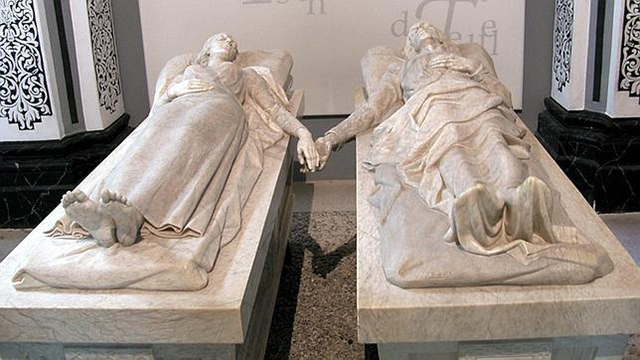
Around Teruel
Teruel is certainly a destination to highlight on your tour, and it can also make a great starting-out point for exploring Aragon. The province is home to many interesting destinations, like Albarracín, with its Arab fortress; Mora de Rubielos, which has one of the best conserved castles in Aragon; and Alcalá de la Selva, a popular hiking destination with stunning landscapes.
There are also some great options for accommodation in the outskirts of Teruel, with charming rural hotels and two options for Parador hotels: one inside of a small Mudejar palace and another within a 12th century castle-convent. The crisp mountain air of Teruel is perfect for enjoying the region’s hearty cuisine, which features locally raised meat and wild game, to be paired with the region’s robust red wines of excellent quality.
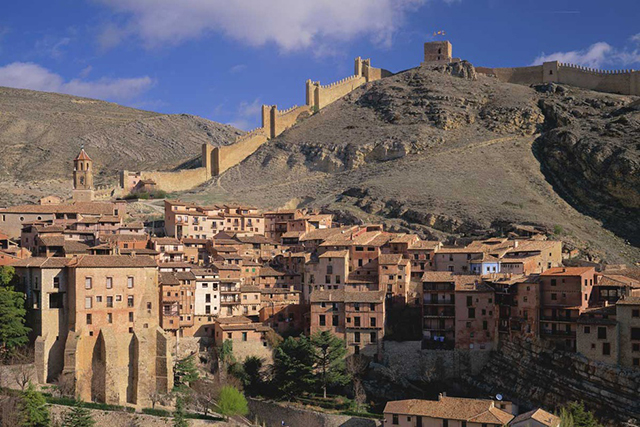
Teruel on your tour
Teruel and the region of Aragon make an exciting destination all year round, with diverse activities and attractions to suit all interests. Get in touch with us today to start planning your Aragonese tour!
